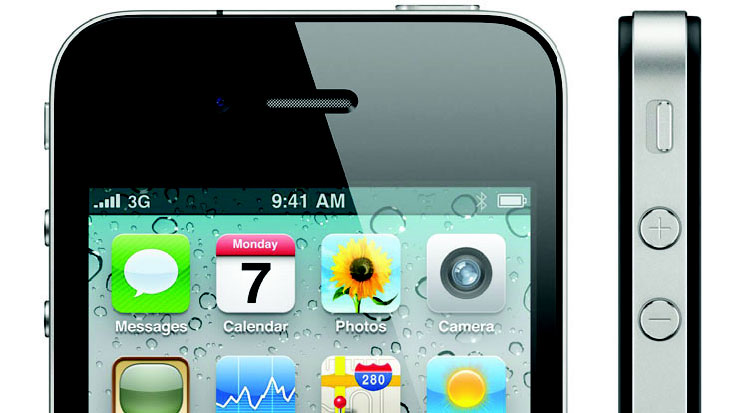 With gadgets such as iPhones, iPads and smartphones becoming household essentials, some studies suggest that using these items in a classroom are making what students have learned in the classroom relevant to things they learn outside in the real world.
With gadgets such as iPhones, iPads and smartphones becoming household essentials, some studies suggest that using these items in a classroom are making what students have learned in the classroom relevant to things they learn outside in the real world.
According to a New York Times timeline, the evolution of technology in the classroom has transformed from the use of wooden paddle printed with the alphabet to now, in 2011, an iPad.
Most researchers wonder if the iPad is the end of the textbook and some colleges are even using iPhones as clickers for quizzes in mass lecture classes. Professors at the University of Alabama are also beginning to use other forms of technology to make their class times flow smoothly.
Former University of Alabama African-American Studies professor Cécile Coquet-Mokoko said she loves to use technology within the classroom.
“I definitely prefer using technology,” she said. “It makes your teaching a lot more effective when you need to find instant confirmation of an event you are alluding to and that no two people in the room have the same visual representation of, or version of, while some don’t have a clue what you are talking about. Even more importantly, it allows students to share their own knowledge with the instructor.”
According to Education World, interactive whiteboards, sometimes called a Smartboard, are becoming popular for teachers to use in order to interact with students. The Smartboard, a large, interactive display that is connected to a computer, allow users to control it with instruments such as a stylus or pen, or in some cases, even fingers. According to the study, it offers a way to manage learning information on a large scale.
Currently teaching in France, Mokoko said she uses much less technology in her classes abroad because none of the teachers there use them.
“We don’t even have anything coming close to Blackboard or e-Learning, imperfect as it may be, and to be honest, I am one of the few ones who can make a PowerPoint presentation effectively for my students,” she said. “Most of the other professors will keep PowerPoint presentations for conference presentations, when they are comfortable with PowerPoint.”
Mokoko said she believes the classroom also exists outside of the walls, and that is what she misses most about teaching in America, as opposed to France mindsets.
“I think that whatever allows students to connect experiences and people in and out of the classroom helps them make sense of the material and ideas being offered to them,” Mokoko said. “Appropriating knowledge is one of the biggest and most exciting challenges for both educators and students. The instant interconnectedness made possible by these tools makes it exciting to spread knowledge, provided it has been correctly processed and synthesized in the first place, by both the instructor and the student.”









